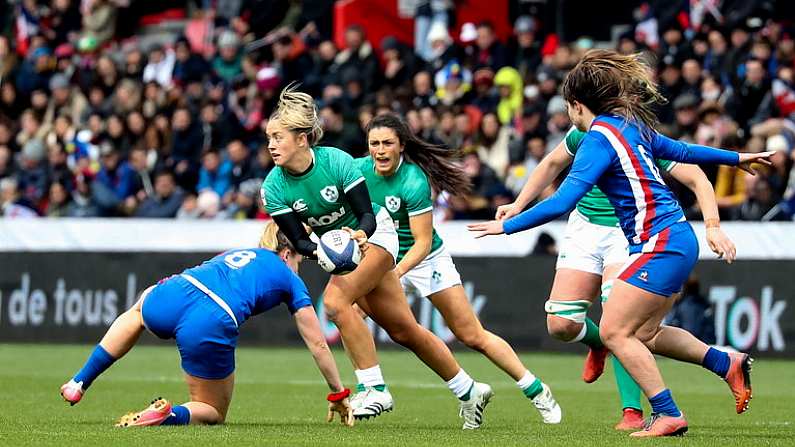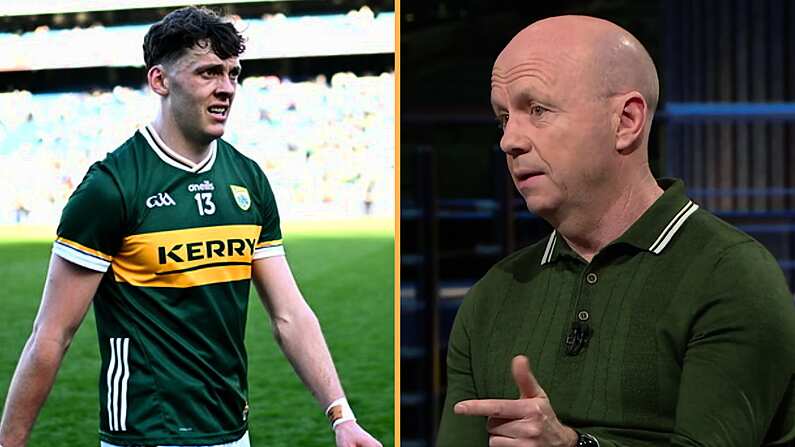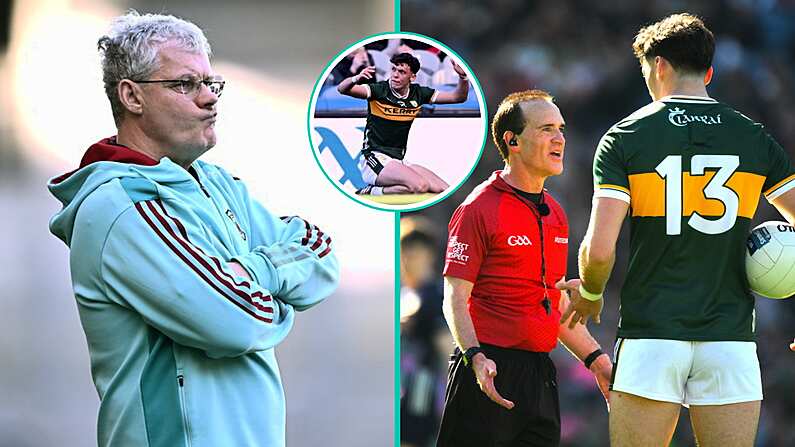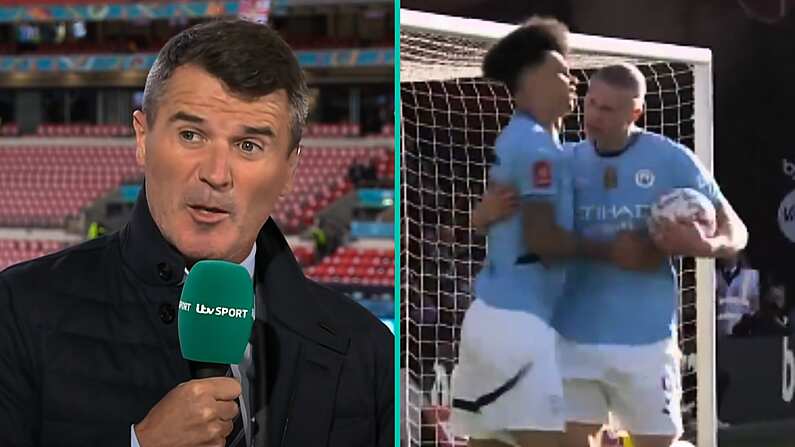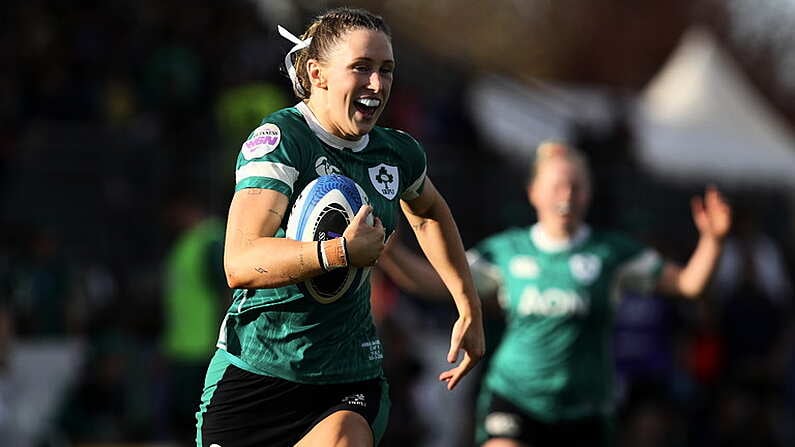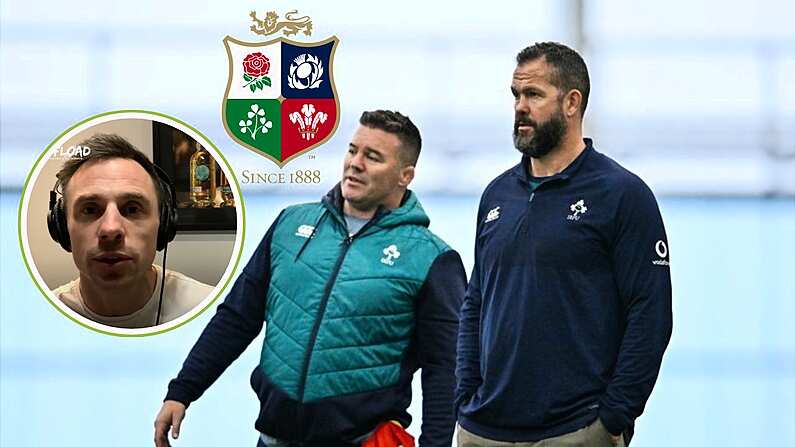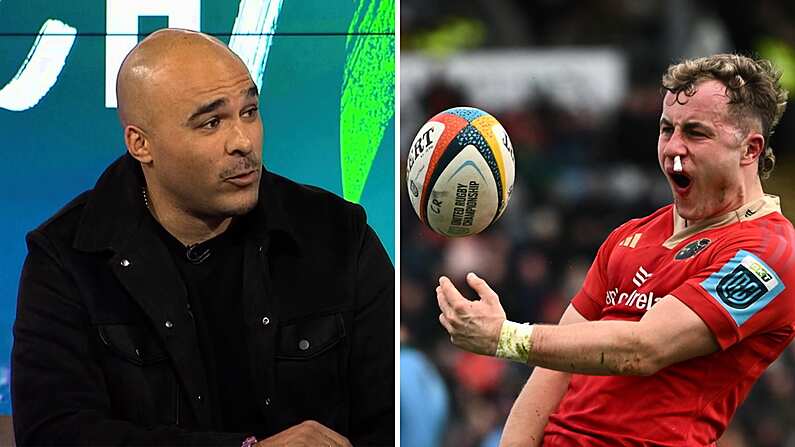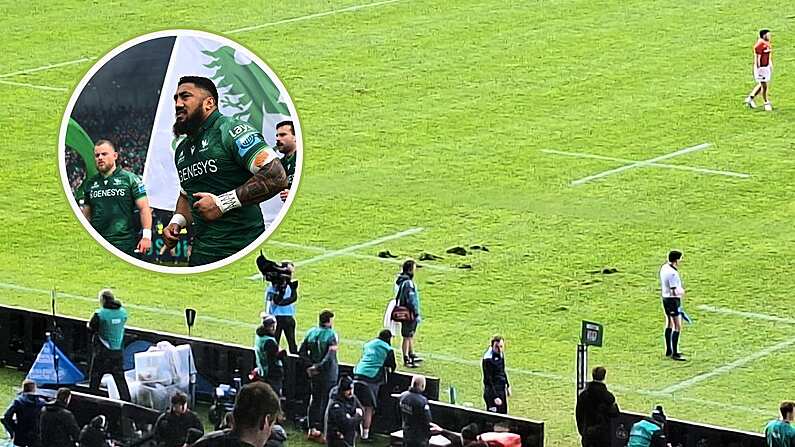Ireland entered the Women's Six Nations as the only team in the competition that had not qualified for this year's Rugby World Cup in New Zealand. However, behind England and France, we probably considered ourselves as the best of the rest, with Fiona Steed (former player/IRFU committee member) announcing, “We need to be top three in the Six Nations. I see that as achievable”. Following Saturday's performance against France, we can see the size of the task before of these players and new coaching staff, and it's vital that the gap between the top two and Ireland does not widen any further. While the coaching staff is correct in pleading with the fans for patience, it is critical that the team shows some signs of success and that they show gains on the previous regime's performance metrics.
Sunday's match against Italy will be big and it's brilliant to see tickets are flying out the door to fill Musgrave Park. Greg McWilliams named his team to play Italy this afternoon, and it included four changes to the team that lost to France. 19-year-old Aoife Wafer is named to the bench and is set to win her first Ireland cap.
🍀 Your @IrishRugby team to take on Italy on Sunday #IREvITA #TikTokW6N pic.twitter.com/e3jDx8qcfe
— TikTok Women's Six Nations (@Womens6Nations) April 8, 2022
Here's a look at some areas that Ireland will be focused on improving after losing in France last weekend.
The Lineout
At the international level, a functional lineout is a challenging undertaking that necessitates tactical awareness and technical excellence from all players involved. For it to be a total success, all four players (hooker, two lifters, and jumper) must be in perfect sync. On Saturday, though, this was not the case. Ireland won only three of nine lineouts against France, and the three successes were too sloppy to spark a strong attack. To counter the threat of the taller French defenders, Ireland used shorter lineouts early in the game.
Ireland allowed the French to get up in front of their jumpers which made the throw difficult for the hookers.
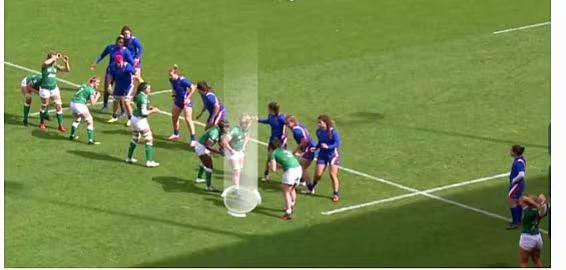
Better decision making is needed as there were times when they had unmarked players and they failed to throw to them.

Ireland’s lifting technique was poor throughout the lineout process which lead to a failure to get players to their maximum height of their jump.
While it's easy to blame the hooker for a malfunctioning lineout, and there have been cries for Cliodhna Moloney to return to the team, Neve Jones has been one of Ireland's best players on the field, and she should not be blamed for the situation.
Backfield coverage v the frontline defence
There appears to be some ambiguity over Ireland's backfield coverage. They usually use two players to cover the 15m channels, with Aoibheann Reilly acting as a safety defender behind the rucks and defending chip space (12-1-2 system). There are just 12 men in the defensive front line as a result of this. On Saturday, though, Ireland had five players covering the backfield at times (from restarts). This will not have gone unnoticed by Italy and England.


Ireland also struggled with the depth of the backfield players with France repeatedly finding grass behind the full back. Lucy Mulhall and Eimear Considine had a torrid afternoon under the Toulouse skies as they continually let balls bounce.

Again this will give opposition coaches and analysts food for thought and Ireland need to find solutions quickly to this problem. The coaching staff must provide clarity of detail and a consistency on how this area of the field is covered. A futureproof plan is also needed in defence as playing just 12 players in the front line of the defence against England will result in a very tough day.
Playing in the right positions
While the coaching staff are talking about maintaining possession, this team needs to be aware that it has to be in the right position of the field. They've been caught too many times playing too much in their own half. Ireland had 7 minutes and 05 seconds of possession in their own half. Nicole Cronin and Aoibheann Reilly must improve their possession control if Ireland is to beat teams with well-organized defences. Ireland kicked just 9 times in open play with Nicole Cronin kicking just once and Aoibheann Reilly box kicking once.
Here Ireland are inside their own 22m line, trying to play. The ball here needed to be kicked – no chase line. In the end, it resulted in a turnover and scrum to France and France scored their 5th Try.

A major issue for Ireland is that Cronin is a very lateral 10 and draws the defence onto the outside players.

The game against Italy on Sunday will test whether we are the best of the rest in this year's championship, and it is a must-win if we are to finish in third place.
The team's key performance measures, including penalty count, set piece wins, handling errors, and tackle completions, will need to improve. Selection may be the most important factor in improving the team's success. "The best players in the best spots" is a high-performance sport adage that hasn't changed over time. Beibhinn Parsons has the potential to be one of Ireland's greatest rugby players, and she has already demonstrated this in her brief rugby career. Her best position is on the wing, and it's great to see her restored for the Italy game. Stacey Flood is another international-calibre player in the squad who may need to take over as the team's primary playmaker.

